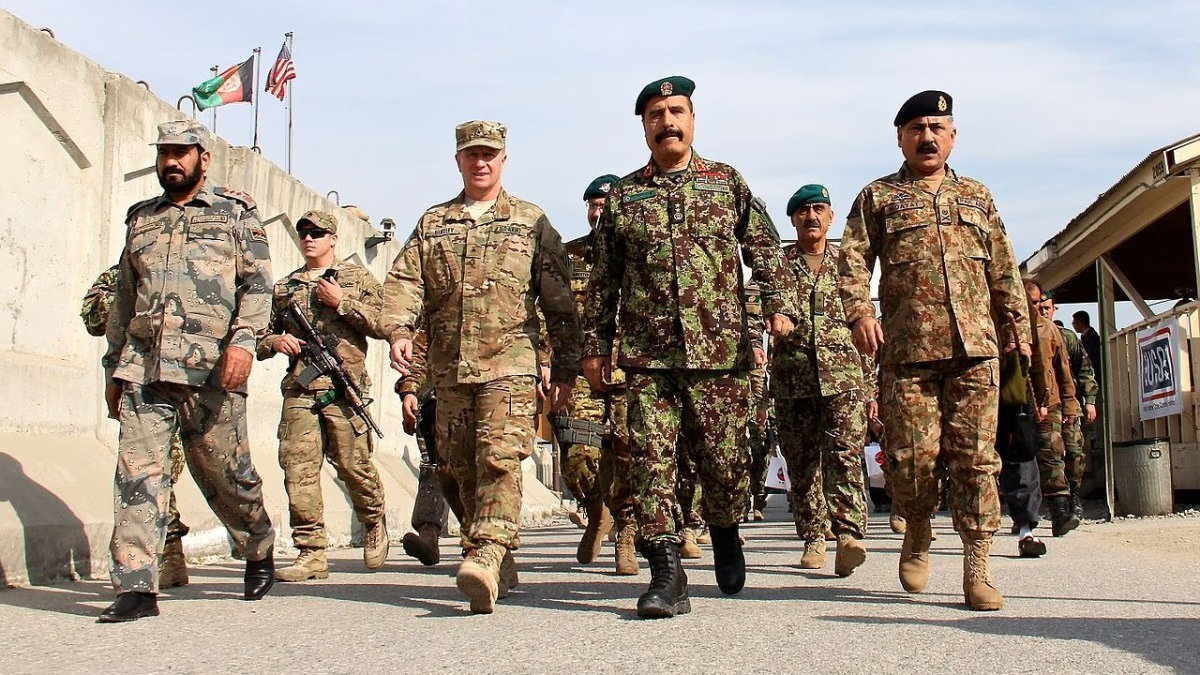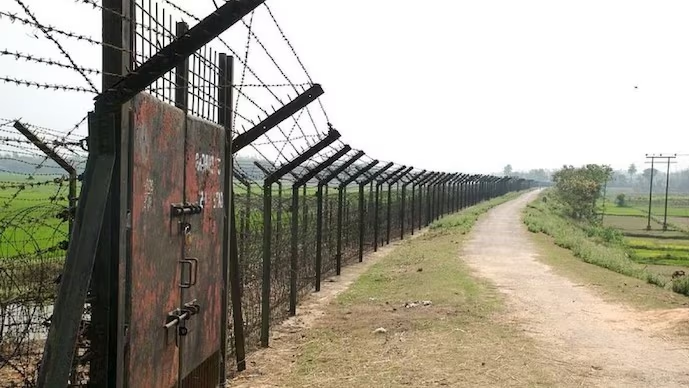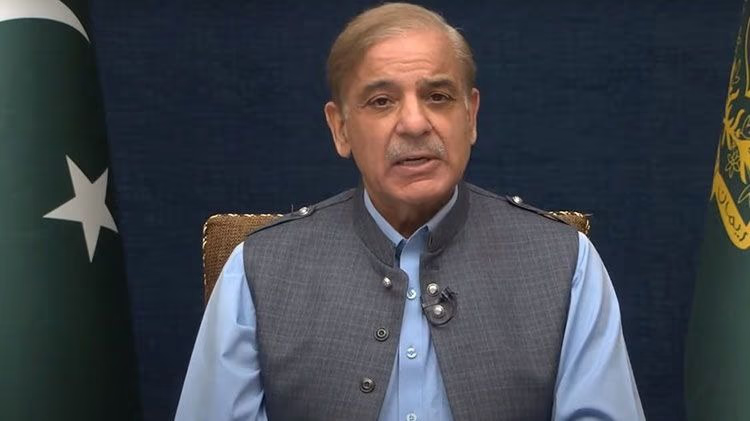A week-long skirmish between Pakistan and Afghanistan has left an indelible mark on both nations. Satellite images confirmed significant damage to Afghan properties caused by Pakistan's airstrikes within Afghan territory.
During Afghan Foreign Minister Amir Khan Muttaqi’s visit to India, Pakistan executed five airstrikes in Kandahar and Nangarhar, resulting in extensive damage to Afghan infrastructure.
On October 9, one day after Muttaqi's arrival in India, Pakistani air forces commenced unprovoked airstrikes on Kabul. This spurred the infuriated Taliban government to retaliate by dismantling Pakistani posts along the Durand Line, leading to numerous casualties and injuries among soldiers.
With no aerial defense or strike capabilities, Afghanistan was vulnerable to the well-equipped Pakistani Air Force.
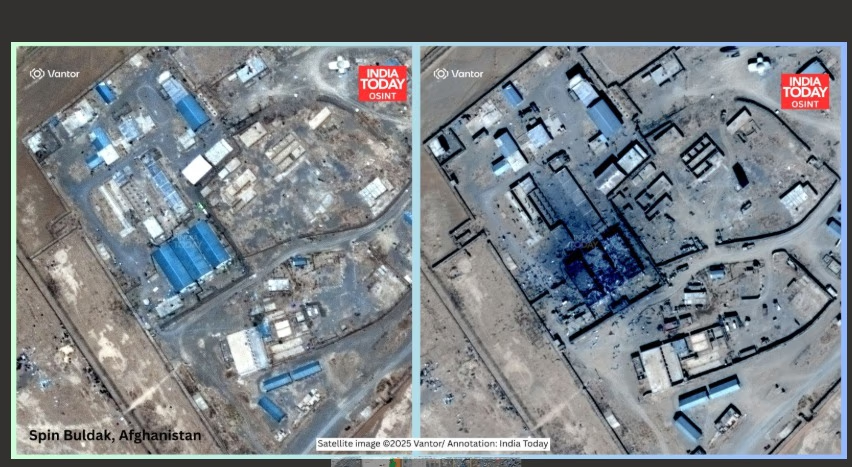
Source: aajtak
U.S. geospatial firm Vantor's high-resolution satellite images reveal that three large rows of tin sheds were completely destroyed in Afghanistan's Spin Boldak district, adjacent to Pakistan's Balochistan border. Pakistan alleged that Asmatullah Karar’s camp, which they claimed to be a terrorist hub, was hit.
Notably, Spin Boldak was the scene of the fiercest clash during the Afghanistan-Taliban confrontation, with 21 deceased and over 100 injured in Spin Boldak alone, according to the Taliban government.
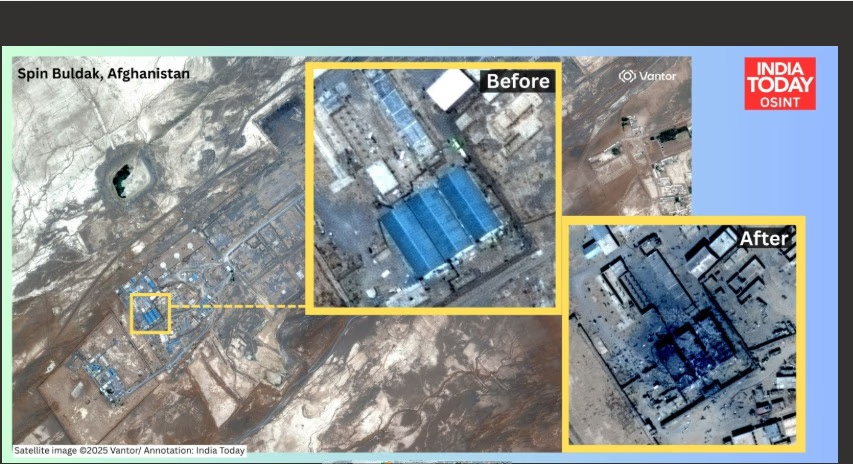
Source: aajtak
A medium-resolution image captured by the European Space Agency (ESA) details Pakistan's attack destroying a Taliban unit in Afghanistan's Barikot, Nangarhar province. This image was first shared by geospatial expert Damian Simon.
Verified by India Today’s Open Source Intelligence (OSINT) team, it was ascertained that between October 9 and the ceasefire declaration on October 15, assaults and clashes occurred across approximately 20 locations along the 2,600-kilometer border.
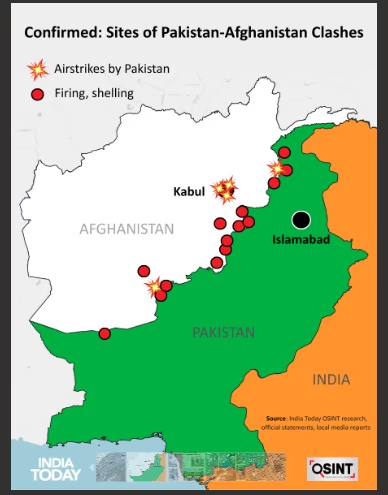
Source: aajtak
Fierce clashes ensued in the border regions of Afghanistan's Khost, Nangarhar, Paktika, and Kandahar provinces. Before a ceasefire, Qatar-mediated, Pakistan launched at least three airstrikes on Kabul. Both sides bore heavy losses.
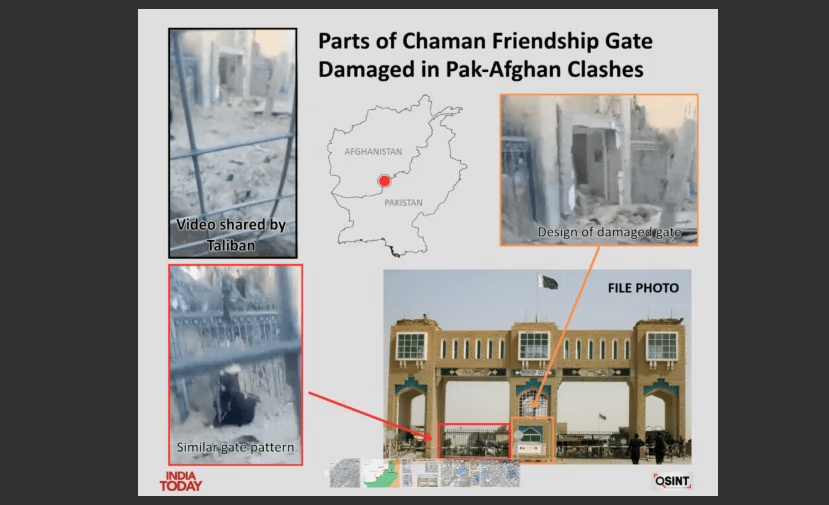
Source: aajtak
Taliban spokesperson Zabihullah Mujahid recounted, during a retaliatory strike in Spin Boldak, capturing Pakistani posts and seizing their arms and tanks, claiming numerous Pakistani military casualties. Afghanistan claimed over 50 Pakistani soldiers were killed, while Pakistan reported the number at 23.
According to Pakistani media, more than 100 civilians were injured in border areas, prompting emergency declarations and school closures. Meanwhile, Afghan civilian casualty data remains incomplete, with local reports indicating a journalist killed and another injured by Pakistani shelling in Khost province.
